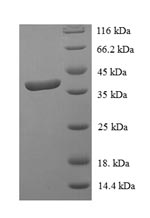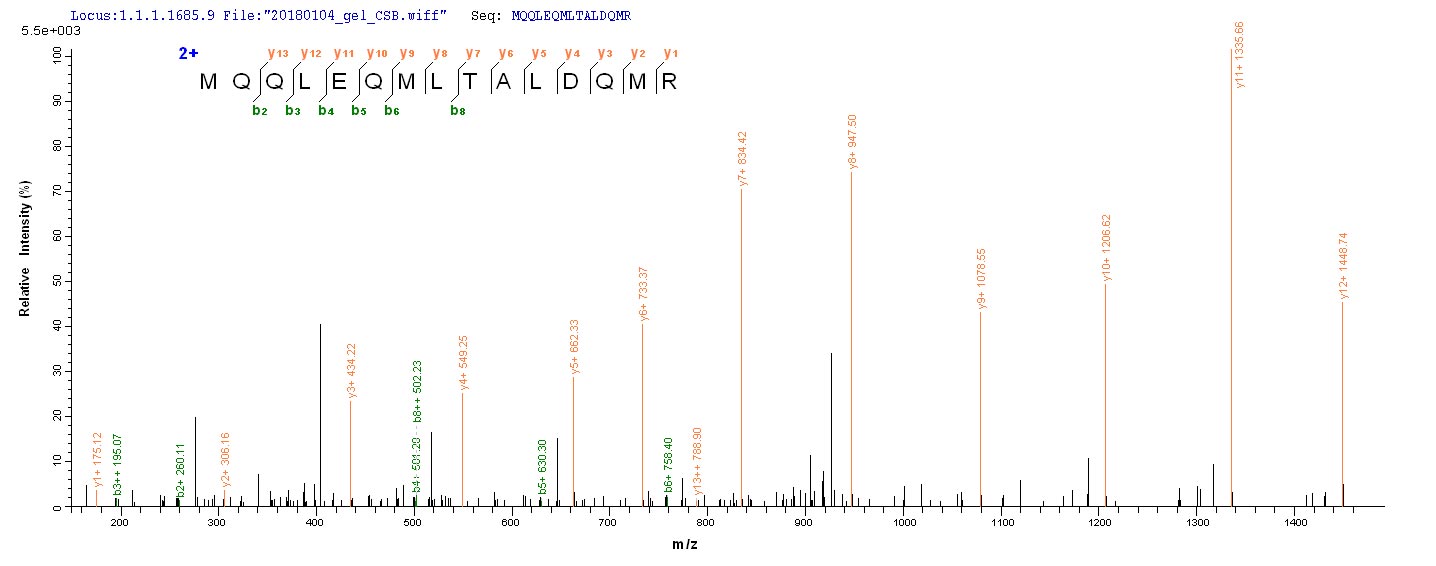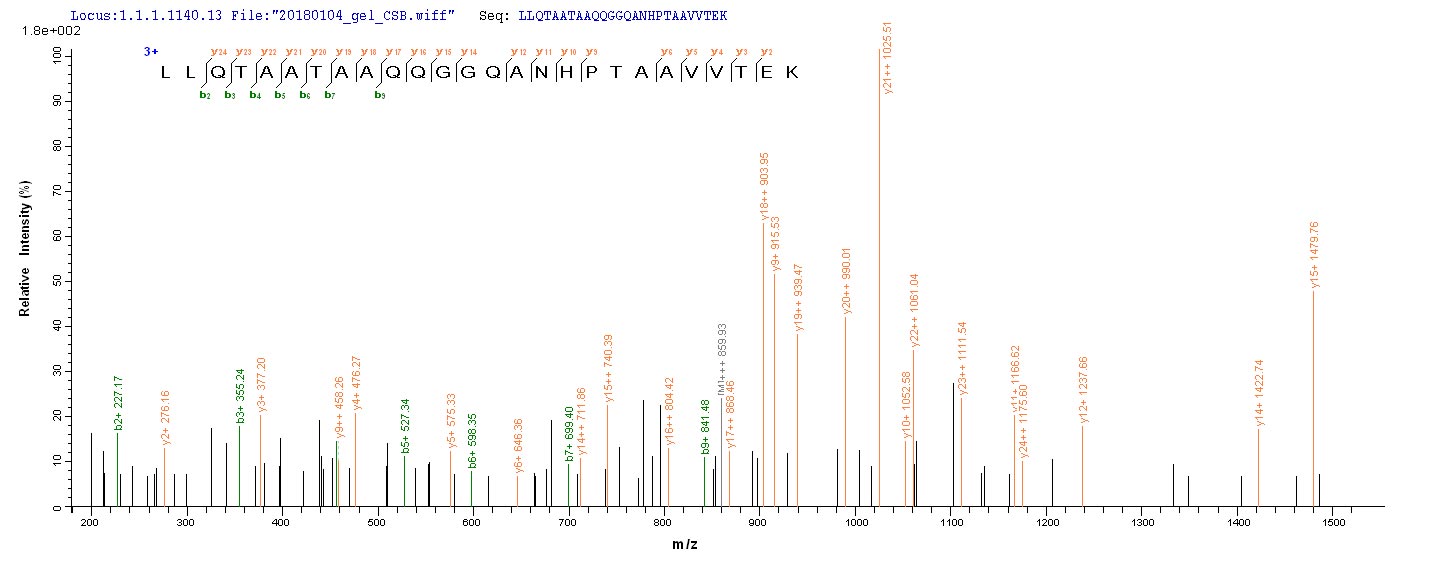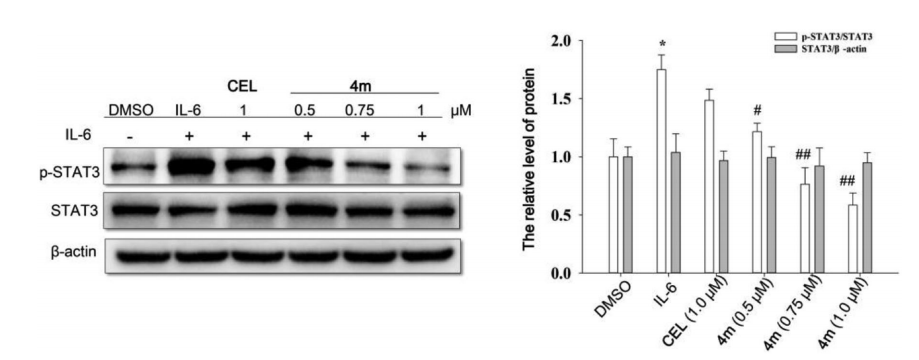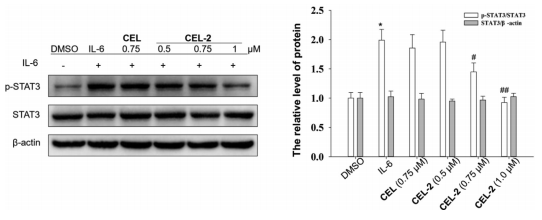Thanks for your inquiry. Proteins will be supplied soluble in solution.
It is not certain for the protein to be expressed in the supernatant or precipitation, but our proteins are provided with folding correctly.
If you need it supplied in an amine free buffer (so not Tris). We can do this. Please mention this requirement in your official order. We can try to provide PBS buffer, this is not extra charged.
Recombinant Human Signal transducer and activator of transcription 3(STAT3),partial
CSB-YP022812HU >> Yeast
CSB-EP022812HU >> E.coli
CSB-BP022812HU >> Baculovirus
CSB-MP022812HU >> Mammalian cell
Expression Region: 50-240aa;Partial
Tag information:EP:N-terminal 6xHis-SUMO-tagged;YP, BP, MP: Tag type will be determined during the manufacturing process.
The expected tag for other expression systems: YP: N-terminal 6xHis-tagged; BP, MP: N-terminal 10xHis-tagged and C-terminal Myc-tagged.
Sequence:
ESHATLVFHNLLGEIDQQYSRFLQESNVLYQHNLRRIKQFLQSRYLEKPMEIARIVARCLWEESRLLQTAATAAQQGGQANHPTAAVVTEKQQMLEQHLQDVRKRVQDLEQKMKVVENLQDDFDFNYKTLKSQGDMQDLNGNNQSVTRQKMQQLEQMLTALDQMRRSIVSELAGLLSAMEYVQKTLTDEEL
Recombinant Human Signal transducer and activator of transcription 3(STAT3)
CSB-YP022812HU(A4) >> Yeast
CSB-EP022812HU(A4) >> E.coli
CSB-BP022812HU(A4) >> Baculovirus
CSB-MP022812HU(A4) >> Mammalian cell
Expression Region: 1-770aa;Full length
Tag information:YP:N-termial 6xHis-tagged;EP,BP,MP: Tag type will be determined during the manufacturing process.
The expected tag for other expression systems: EP,MP,BP are N-termial 6xHis-tagged
Sequence:
MAQWNQLQQLDTRYLEQLHQLYSDSFPMELRQFLAPWIESQDWAYAASKESHATLVFHNLLGEIDQQYSRFLQESNVLYQHNLRRIKQFLQSRYLEKPMEIARIVARCLWEESRLLQTAATAAQQGGQANHPTAAVVTEKQQMLEQHLQDVRKRVQDLEQKMKVVENLQDDFDFNYKTLKSQGDMQDLNGNNQSVTRQKMQQLEQMLTALDQMRRSIVSELAGLLSAMEYVQKTLTDEELADWKRRQQIACIGGPPNICLDRLENWITSLAESQLQTRQQIKKLEELQQKVSYKGDPIVQHRPMLEERIVELFRNLMKSAFVVERQPCMPMHPDRPLVIKTGVQFTTKVRLLVKFPELNYQLKIKVCIDKDSGDVAALRGSRKFNILGTNTKVMNMEESNNGSLSAEFKHLTLREQRCGNGGRANCDASLIVTEELHLITFETEVYHQGLKIDLETHSLPVVVISNICQMPNAWASILWYNMLTNNPKNVNFFTKPPIGTWDQVAEVLSWQFSSTTKRGLSIEQLTTLAEKLLGPGVNYSGCQITWAKFCKENMAGKGFSFWVWLDNIIDLVKKYILALWNEGYIMGFISKERERAILSTKPPGTFLLRFSESSKEGGVTFTWVEKDISGKTQIQSVEPYTKQQLNNMSFAEIIMGYKIMDATNILVSPLVYLYPDIPKEEAFGKYCRPESQEHPEADPGSAAPYLKTKFICVTPTTCSNTIDLPMSPRTLDSLMQFGNNGEGAEPSAGGQFESLTFDMELTSECATSPM

